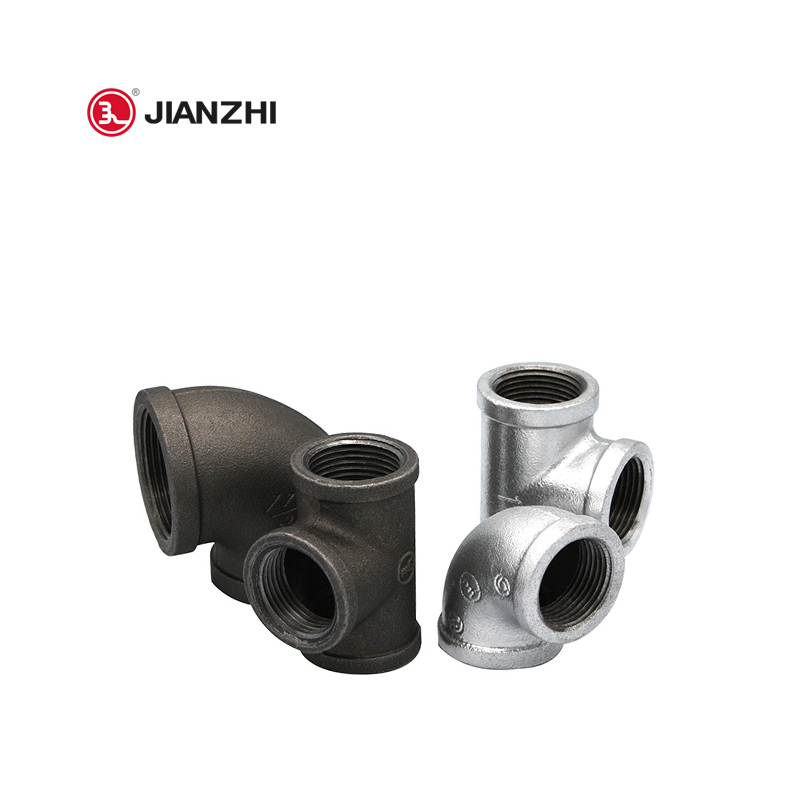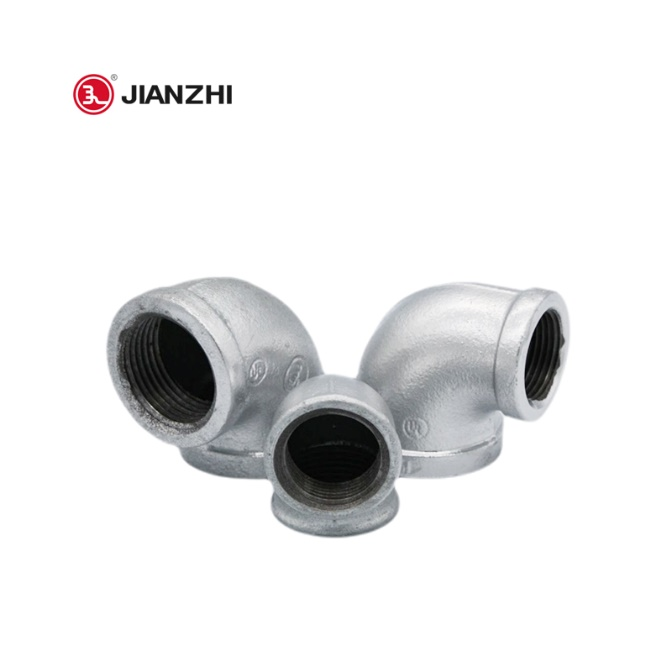Dec. 01, 2025
In piping and industrial systems, threaded connections are crucial for ensuring safety and performance. NPT (National Pipe Taper) and NGT (National Gas Taper) are two common threading standards that, while similar in appearance, have different characteristics and uses. This article delves into the differences between NPT and NGT threads to help you better understand which thread type is best suited for your project.

NPT, or National Pipe Taper, is a widely used thread type in piping systems, particularly in the United States. The defining feature of NPT threads is their tapered design, where the thread diameter gradually decreases along the length of the pipe or fitting. This taper allows the threads to form a tight connection when screwed together, effectively preventing leaks.
● Tapered Design: NPT threads have a taper rate of 1/16 inch per inch. This tapered design helps form a seal when the threads are tightened, making them suitable for leak-proof applications.
● 60-Degree Thread Angle: The thread angle of NPT threads is 60 degrees, which aids in providing a better seal during connections.
● Wide Application: NPT threads are commonly used in water pipes, hydraulic systems, and other fluid transfer systems where preventing leaks is critical.
NGT, or National Gas Taper, is a thread type specifically designed for gas piping systems. Although NGT threads share some similarities with NPT threads, they are optimized for the unique demands of gas systems.
● Specific Taper Design: NGT threads have a slightly different taper than NPT threads, designed to ensure a more secure seal in gas applications. The longer thread engagement length in NGT threads is crucial for safety in gas systems.
● Longer Thread Engagement: NGT threads typically have a longer thread engagement than NPT threads, ensuring a deeper, more secure connection. This is especially important in gas systems where safety is paramount.
● Optimized for Gas Applications: NGT threads are engineered to minimize the risk of gas leaks, providing enhanced safety in gas piping systems.
While NPT and NGT threads may look similar, they are not interchangeable due to their design and intended use. Here are the main differences:
| Feature | NPT Threads | NGT Threads |
|---|---|---|
| Shape | Tapered threads (30° angle) | Tapered threads (30° angle) |
| Material Compatibility | General piping, water, chemicals | Gas piping, fuel systems |
| Applications | Water pipes, industrial pipes, plumbing systems | Natural gas, LPG, fuel systems |
| Sealing Mechanism | Threads create a pressure-tight seal | Threads create a pressure-tight seal, regulated for gas |
| Code Compliance | Accepted in many industries for general piping | Specifically regulated for gas lines |
| Usage Frequency | Very common in general piping and industrial systems | Specialized for gas systems and often required by gas codes |
While both NPT and NGT threads are tapered, NGT threads are more specialized and regulated for gas systems. For general industrial and plumbing applications, NPT threads are typically sufficient, but for gas systems, NGT threads are recommended due to stricter safety standards.
● NPT Threads: Used for various liquid and gas transfer systems, particularly effective in water pipes and hydraulic systems.
● NGT Threads: Specifically designed for gas piping systems, with a taper and engagement length optimized for secure, leak-proof connections in gas applications.
● NPT Threads: Have a standard thread engagement length, sufficient for most liquid systems.
● NGT Threads: Feature a longer engagement length to ensure a more secure connection in gas piping systems.
● NPT Threads: Suitable for a wide range of applications, including water pipes, airlines, and hydraulic systems.
● NGT Threads: Primarily used in gas systems, where the enhanced safety features of NGT threads are critical due to the flammable and hazardous nature of gases.

Choosing between NPT and NGT threads depends on your specific application. Here’s a quick guide:
Use NPT threads if you're working with water, oil, or chemical systems. NPT threads are designed to create a reliable seal in most fluid systems.
Use NGT threads for natural gas, LPG, or other gas systems. NGT threads are regulated for safety and must be used where gas leakage is a concern.
If you’re working on a project with mixed fluids or gases, it’s important to follow local building codes and use the correct thread type for each section of the system.
Need help deciding which thread type to choose?
Contact JIANZHI Experts Recommendations
Selecting the correct thread type for your application is crucial. Here are some guidelines:
● Consider the Application: If your project involves a gas transfer, NGT threads offer better safety and sealing. For water pipes and hydraulic systems, NPT threads are typically the better choice.
● Evaluate Safety Requirements: In high-risk environments, such as gas systems, NGT threads reduce the risk of leaks and ensure safer operation.
● Refer to Relevant Standards: Always check industry standards to ensure you are using the appropriate thread type for your specific application.
● Seek Professional Advice: If you need help decidingyou're which thread type to use, consult with an experienced engineer or professional who can provide the best recommendations.
NPT and NGT threads each have their strengths in pipe connections, and understanding their differences is key to ensuring your system's safety and performance. NPT threads are widely used in liquid transfer systems, while NGT threads offer specialized solutions for gas piping, providing superior safety and leak prevention. By choosing the right thread type for your project, you can ensure a secure, leak-proof connection that protects both your system and the people who rely on it.
Q1: Can NPT threads be used for gas systems?
A: No. While NPT threads are commonly used for general plumbing and industrial systems, they are not recommended for gas systems due to safety concerns. For gas, always use NGT threads.
Q2: How do I know if I need NPT or NGT threads for my project?
A: If your project involves gas systems (such as natural gas or LPG), you should use NGT threads. For general plumbing or industrial applications, NPT threads will work just fine.
Q3: Are NGT and NPT threads interchangeable?
A: No. Although both threads are tapered, NPT and NGT threads are not interchangeable because NGT threads are designed specifically for gas systems and are subject to stricter regulations.
Q4: What happens if I use the wrong threads?
A: Using the wrong type of threads can lead to poor sealing, leakages, and potential safety risks, especially in gas systems. Always consult an expert or check local regulations before making your selection.
SAFER
PRODUCT INFO
ABOUT JIANZHI
TECH DATA
Contact Us
E-mail: sales1@jianzhi-fitting.com
Tel: +86 18698027872
Office In Tianjin:
Heping District, Tianjin, China.
Production Base 1:
Chifeng, Inner Mongolia, China.
Production Base 2:
Tangshan City, Hebei Province, China.
Production Base 3:
Schelei Street,Baicoi City,Prahova County,Romania
Service email: info.ro@jianzhi-fitting.com
Sales email: market.ro@jianzhi-fitting.com
Tel: +40(755)011 849
